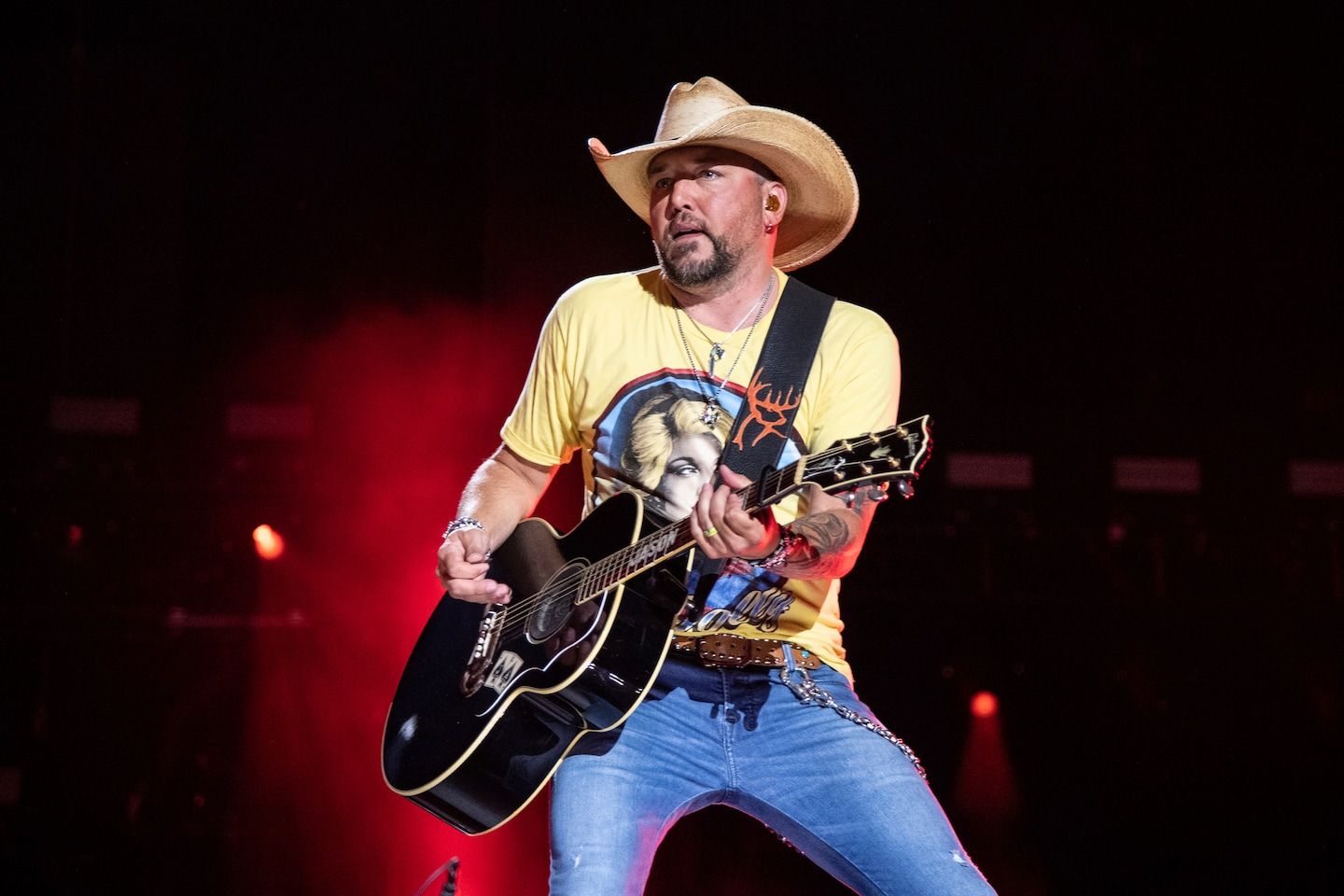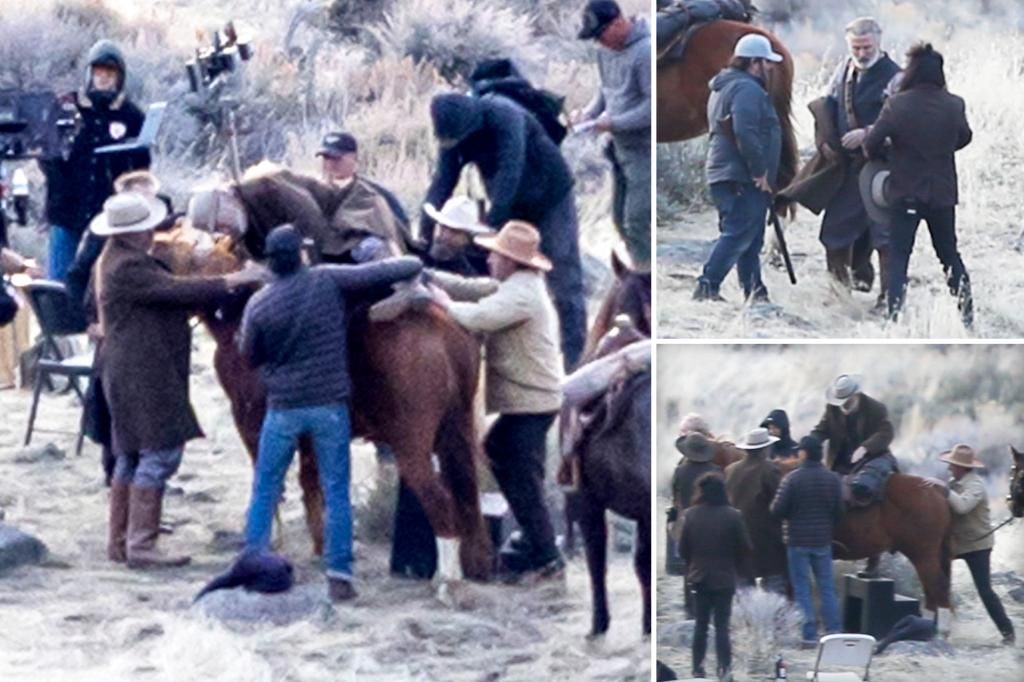Jason Aldean music video edited to remove Black Lives Matter images
Listen 4 min Comment on this story Comment Gift Article Share
The music video for Jason Aldean’s massively popular “Try That in a Small Town” was quietly edited to remove images of a Black Lives Matter demonstration after critics accused the song of containing coded threats against Black people. Wp Get the full experience. Choose your plan ArrowRight The video is now six seconds shorter than when it was uploaded to YouTube on July 14, and it no longer contains a news clip from Fox 5 Atlanta depicting violent confrontations during Black Lives Matter demonstrations in 2020 and subsequent protests in January.
Portions of that clip appeared twice in the original music video, at one point projected onto the exterior wall of a Tennessee county courthouse where a Black teen was lynched in the 1920s, which Aldean used as a backdrop as he sang about crimes that would not be tolerated in a small town.
It’s unclear when exactly the video was edited, though numerous changes appear to have been made since last week, when it attracted widespread criticism for contrasting images of violent protests and riots with lyrics such as: “Try that in a small town/ See how far ya make it down the road/ Around here, we take care of our own.”
Advertisement
The song and video has become extremely popular since then — with more than 18 million views on YouTube and a surge to the No. 2 spot on a prominent Billboard chart this week.
Aldean has also been highlighting “Try That in a Small Town” in live performances, defending it as a celebration of small-town virtues that has nothing to do with race. He could not immediately be reached to explain why the video might have been edited.
The video includes footage of site of lynching
Originally released to little fanfare in May, the song’s lyrics warn would-be carjackers and other criminals not to “try that in a small town,” full of “good ol’ boys” and armed residents.
“See how far ya make it down the road,” Aldean sings in the chorus.
The release of the music video this month proved explosive. Aldean and his band performed in front of the Maury County Courthouse, where a Black teenager named Henry Choate was lynched in the 1920s. The courthouse is in Columbia, Tenn., where an infamous race riot took place in 1946.
Advertisement
Besides the Black Lives Matter demonstrations in Atlanta that have been removed, the video is filled with clips depicting crime, violence and riots in cities, most of which remain in the new version.
Country Music Television pulled the video from the air after three days, amid condemnation from NAACP officials, country singer Sheryl Crow and social media critics who contend the lyrics evoke “sundown towns”: all-White communities from the early-20th century that attacked Black people who stayed in town after dark.
Yet it was the best-selling country song to debut on Billboard’s charts in more than a decade, the company reported. In the week after the video’s release, the three-minute tune was played to a radio airplay audience of 7.3 million, sold 228,000 digital copies and amassed 11.6 million streams — a 1,000 percent increase from the week before.
Aldean denies the song is about race
The song’s popularity has grown as conservative politicians, influencers and other country stars defend Aldean. “There is not a single lyric in the song that references race or points to it — and there isn’t a single video clip that isn’t real news footage,” the singer wrote on social media last week. Former president Donald Trump subsequently endorsed the song.
Advertisement
“I feel like everybody’s entitled to their opinion. You can think, you can think something all you want to, it doesn’t mean it’s true, right?,” Aldean told fans during a Friday concert in Cincinnati.
“Somebody asked me, ‘Hey man, do you think you’re going to play this song tonight?’” he said to the crowd. “The answer was simple. The people have spoken and you guys spoke very, very loudly this week.”
The production company behind the music video, TackleBox, did not immediately reply to questions about why and when the video was edited. Neither did YouTube.
Other changes were made to the video besides the removal of the Black Lives Matter clips. The final 30 seconds of the original video featured idyllic rural footage including a man in a baseball cap and sunglasses looking into the sun, and an older man speaking about small-town values while sitting in a wheelchair. Neither clip appears in the new version.
Fox 5 could not immediately be reached to ask about whether it requested its clips be removed from the music video.
Gift this article Gift Article
Source: The Washington Post


